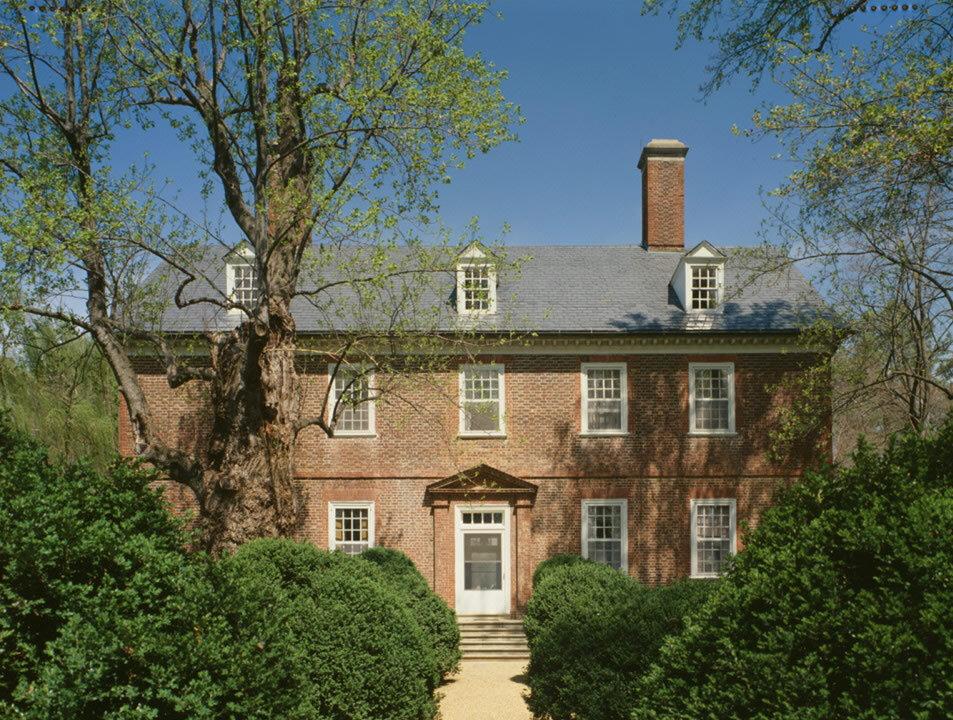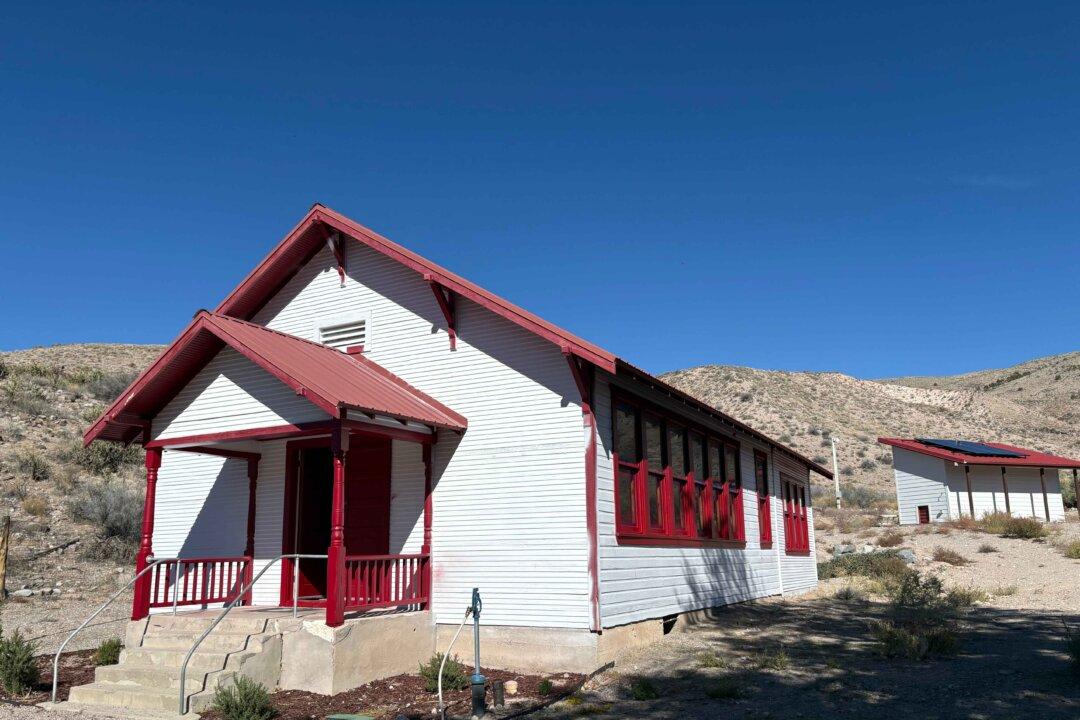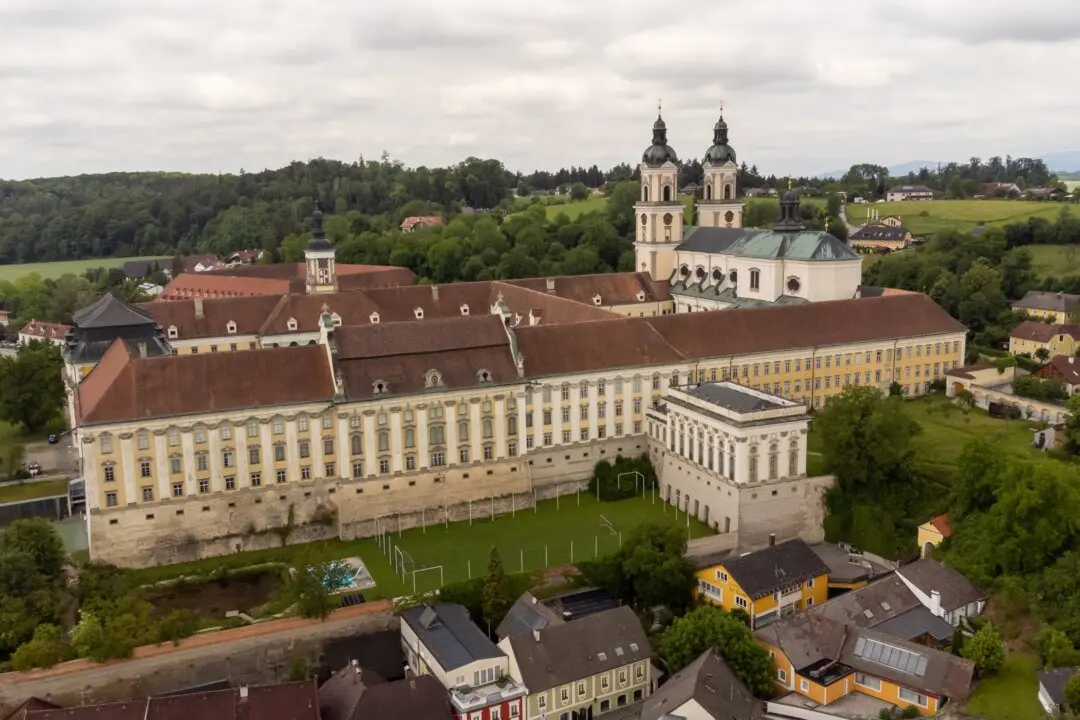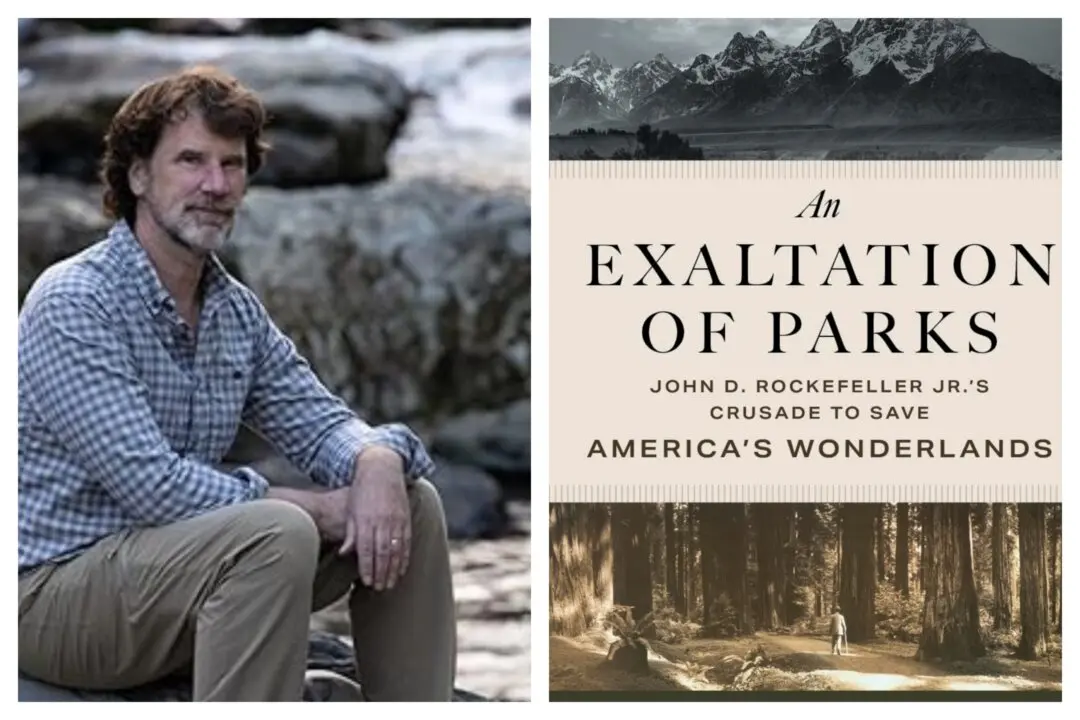You'll probably need a GPS to find Berkeley Plantation. It’s located between Richmond and Williamsburg, Virginia, off the rural John Tyler Memorial Highway. About a mile down a remote gravel drive, this property is a hidden treasure trove of significant American events. The area around Charles City County is dripping with colonial, presidential, and Civil War history.
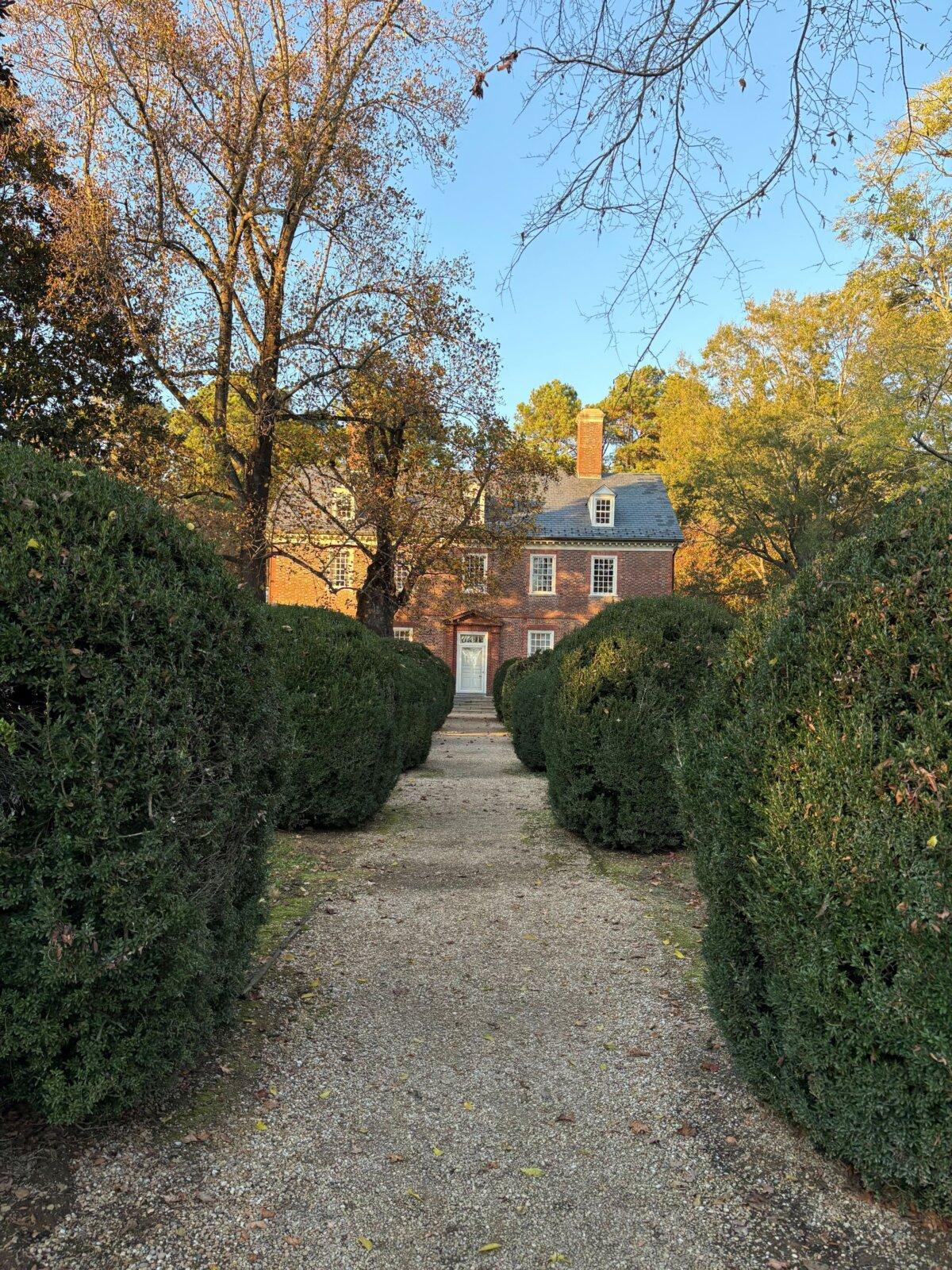
The pathway leading to the Harrison plantation. Deena Bouknight

